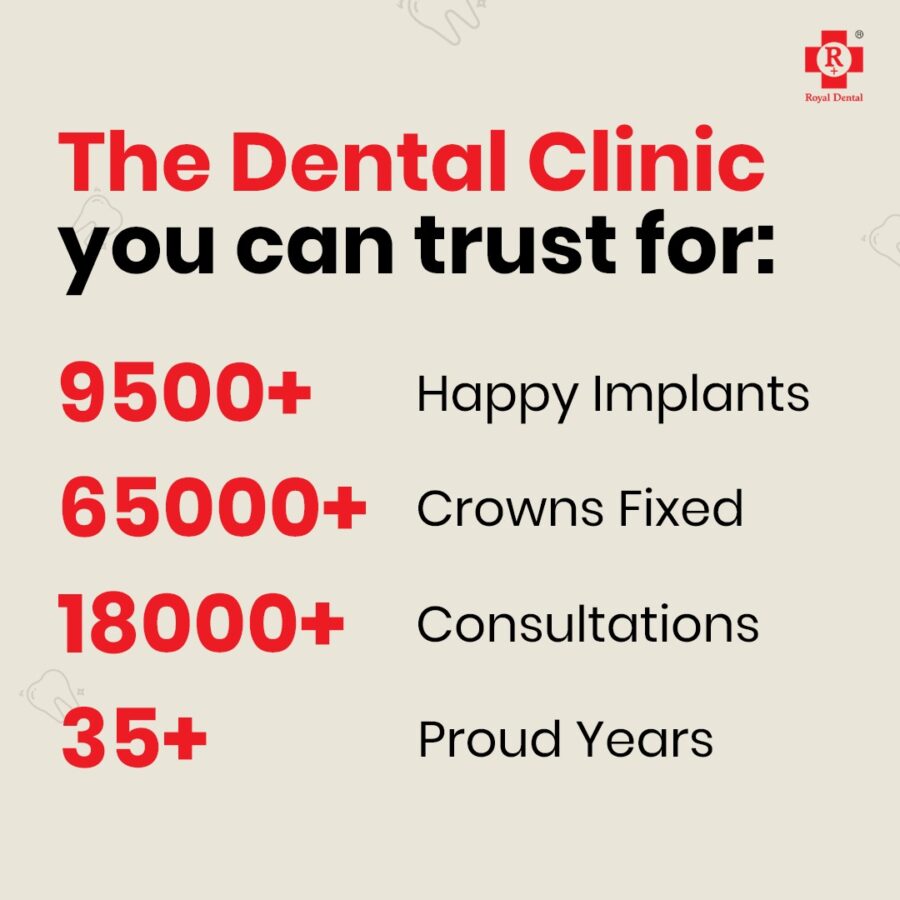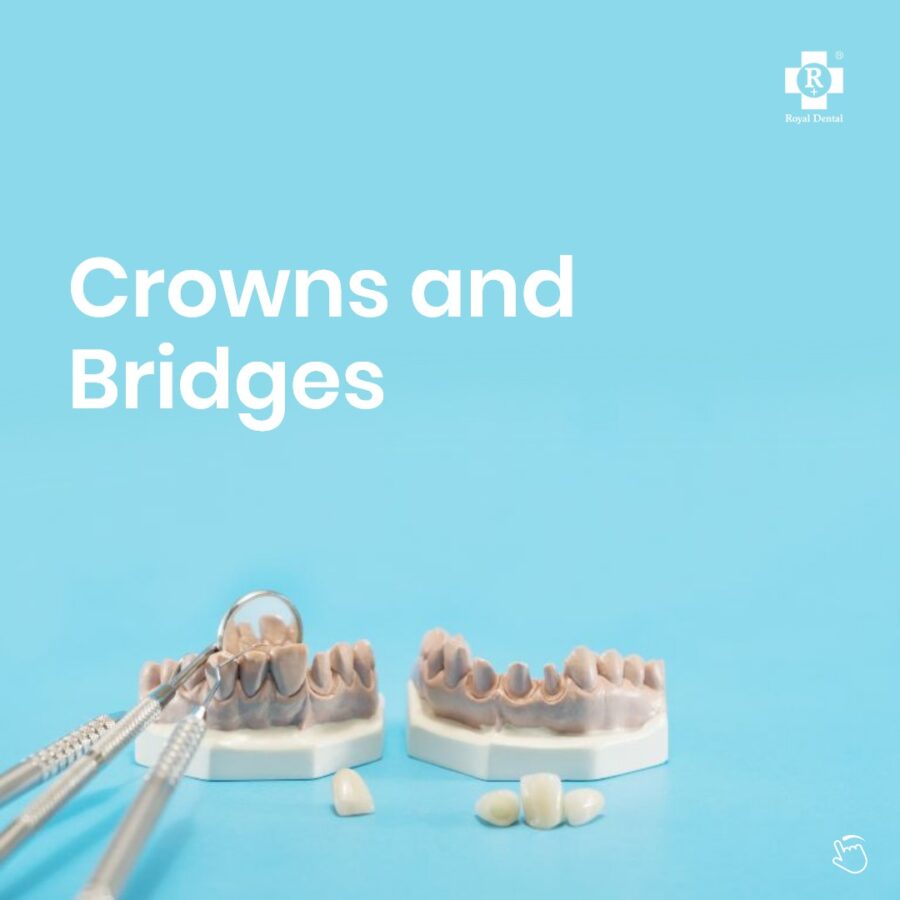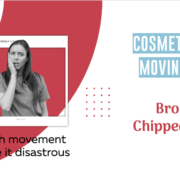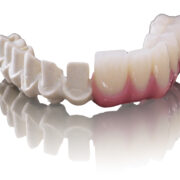The forces of eating transferred from the natural tooth to the bone and then to the jaw joint. This mechanism called as mastication. Under normal circumstances the load of therefore chewing controlled by the feedback mechanism of the naturally shock absorbable periodontal ligaments. SAPTeeth are light weight polymer dental crowns which enhance your aesthetics and functionality of bite.
In cases where dental treatment done and extremely rigid prosthetic materials like metal and zirconium used, they can withstand natural torsion of the jawbone but if they connected in the premolar and the molar region the compressive and tensile forces transmitted to the natural root and implant increases.
In cases whereas of weak bone this is highly unadvisable, as this may lead to early aging of the prosthesis and loss of the support structures.

Compared to titanium, zirconium, or ceramic, rehabilitation with SAPTeethTM dental crowns significantly reduce the peak load during eating. This shock absorbable property produces a positive effect for the patient and increases the durability of the restoration.
What is an SAPTeeth Crown?
SAP stands for Shock Absorbable Permanent Teeth, but don’t let that long title scare you! SAPTeethTM are a group of highly advanced polymers which are specially made to protect the bone, implant and the natural tooth under it. SAPTeethTM means Shock Absorbable Permanent Teeth.
Our natural teeth have a hardness of about 350 mpa to 450 mpa. Ceramic or porcelain or zirconia teeth are very hard compare to natural teeth. Their hardness usually ranges between 2000 to 4500 mpa. We never had an ideal material for making artificial teeth in dentistry.

How does SAPTeeth dental crown force get transferred?
Natural teeth: Sharpe’s fibers support the retention of the tooth into the jaw bone and also absorb the forces which applied to the tooth. These fibers also contain nerve endings which gives a feedback to the brain in case of excessive force. Hence the maximum load borne by the tooth and little load transmitted to the bone.
Dental Implant: In case of Osseo integrated dental implant, no fibers or nerve endings are present. Also, the feedback to the brain is very low. As there is no shock absorbing capability in titanium dental implant, the entire load is directly borne by the natural bone. whereas Under such large forces of eating the natural bone tends to get damaged and weak.

The doctor during consultation will give options for 28, 24 or 20 teeth, how do you decide?
A 28 teeth rehabilitation is truly a full mouth rehabilitation. With the restoration of the bite and aesthetics, the patient can lead a relatively normal like and enjoy the taste of life.
These rehabilitations may include the needs for desensitization of natural teeth to save them along with replacement of missing teeth with implants. These treatments usually take 1-3 days to completely rehabilitate. After the treatment, the muscles and the joint relax in about 3-4 weeks.
How do SAPTeethTM manage these forces?
Natural teeth: Crowing or capping of natural teeth is usually indicated in cases where the tooth is already damaged due to infection, mobility, and cavity or has been altered by cosmetic dentistry, in such cases the ability of the Sharpe’s fibers reduces. SAPTeethTM redistribute these forces and reduce the load and pressure on the natural tooth, Sharpe’s fiber and the bone.
| Particulars | Natural Teeth | SAPTeethTM | Metal | Zirconium |
| Weight | SAPTeethTM are light | 3 times heavier | 4 times heavier | |
| Hardness | 60 to 280 HV | 0.5 times | 5 times | 20 times |
| Modulus of Elasticity | 2000 – 12000 mpa | 2200 – 4200 mpa | 115000 mpa | 205000 mpa |
| Surface Finish | Ideal | Best | Worst | Good |
Whereas Dental Implant: SAPTeethTM aims to provide the shock absorbing capability to the teeth. As in cases of the dental implant the forces acting on the implant may be in unfavorable angles. SAPteethTM reduces these forces and helps in immediate load of the dental implant.
SAPteethTM are only surpassed by the nature itself. They are the most innovative solution available at select laboratories and dentist only.
© All rights reserved by Royal Dental Implants Pvt Ltd
Issued in public interest
Suggested Article –
- Pros and Cons of Full Mouth Dental Implants
- Difference between Crowns and Dental Implants?
- Who is the Best Dental Implant specialist in Delhi?
- Are dental implants better than alternates?
Answer = Dental implants allow for patients to retain 90% of their chewing ability vs. dentures which retain only 20% of chewing ability. What this means in practical terms is that most patients with dental implants are able to eat most anything that can be cut with a fork.
2) Can you chew with permanent crown?
Answer =Permanent dental crowns are more resilient to damage than temporary dental crowns, but you should still be mindful of avoiding food that could cause your crown to crack or fall out entirely. When eating hard or sticky foods, try to chew away from the dental crown.
3) Can I chew hard food with implants?
Answer = This is because although your implants are permanent, the crowns they support can still be damaged by hard foods. Once your implants have healed, you can still eat crunchy foods and don’t have to eliminate them from your diet.
4) What is it like eating with dental implants?
Answer =You’ll need to eat soft foods while you recover from the dental implant procedure. That way, your mouth and jaw will have a chance to heal. Stay away from foods that are sticky and/or hard to chew in the meantime. Once you fully recover from the dental implant procedure, you’ll be able to eat whatever you want.







thin is very good clinic